Grouse Myths Die Hard
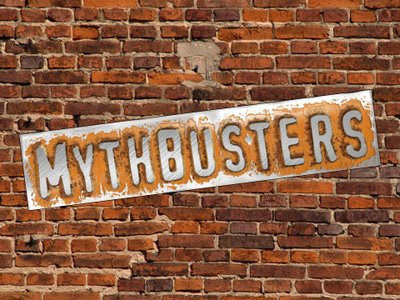 Just read this article on hunting ruffies in MN this year. So much of it, while well-intentioned, is wrong. Here goes:
Just read this article on hunting ruffies in MN this year. So much of it, while well-intentioned, is wrong. Here goes:
> The good news is, counts were up 34 percent this spring in parts of northern Minnesota. Counts remained stable in southern Minnesota.
This COULD mean that there’s more easy birds (young ones) early in the season. After that it’s biz as usual. But we still hate counts!
> Ruffed grouse populations peak about every 10 years. Then they fall dramatically before a gradual upturn over several seasons.
No. Sometimes yes, in some regions of the country, but we’ve found that this is much more area (not country- or even state-specific) than anyone seems to understand, and is more weather-dependent than anything.
> Despite a population that swings up and down, ruffed grouse populations are generally healthy in Minnesota.
Then why the heck mention counts??
> Throughout most of the forested regions of Minnesota, the ruffed grouse’s favorite fall food is the fruit of gray dogwood. This head-high shrub produces small white or light green berries that ruffs find irresistible.
We’re not MN grouse experts, but have hunted there and didn’t see that at all. That may be true, just like grapes might be a fave food elsewhere or whatever, but ruffies are garbage cans and will eat what’s around them – and won’t go far to get it.
> The best time to hunt around food sources is late afternoon. That’s when grouse will be filling their crops before going to roost.
GOOD HUNTING HABITAT may or may not have anything to do with food, and the best time to hunt it is when you’re there.
> There’s a dearth of dogwood berries in Minnesota this year. This will probably scatter the grouse around other food sources, making it more difficult to find grouse during their late afternoon feeding sessions.
Does that mean they’ll be harder to hunt? No! They’re always hard to hunt….
> Opening day hunters should look for ruffed grouse by walking logging trails or the edges of meadows and other forest openings.
Edges of meadows? If you have a mature forest up against a meadow, you’ll be lucky to see a grouse. If you really want to find some grouse, get away from the easy areas.
> If there is such a thing as ideal ruffed grouse covert, it would have to include an area that was logged a decade or so ago and has since regenerated into thick aspen. Even better if the area also has mature aspens and alder lowlands nearby.
When we hunted MN we found and hunted many “thick aspen” stands, and only found birds in one. Seriously. Most birds weren’t anywhere near aspen. Why? The weather. Don’t buy the “aspen, aspen, aspen” thing. It’s simply not true.
> Opening day hunters should find at least a few birds if they focus on prime habitat.
Yes! But not just on opening day. And what “prime habitat” is depends on where you are, what the weather conditions are and have been, and your fitness level. There’s no one size fits all thing for grouse.
Category: MN, Ruffed Grouse





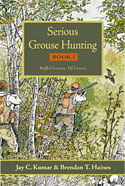

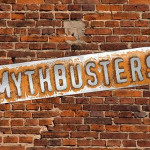
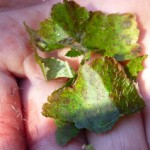

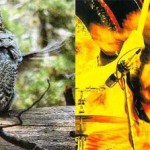
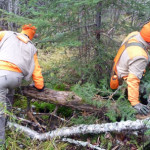
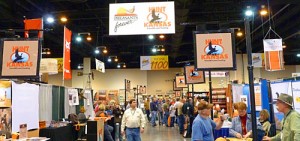
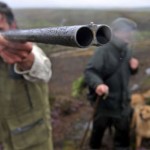
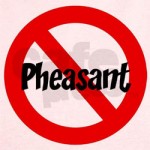
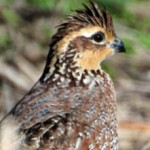
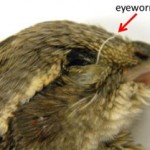
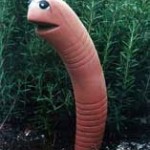
Aspens are great for grouse, but in “down years” the edges and areas near water in large aspen tracts may be the only places grouse hang out.Plowing through the middle of a large aspen tract can be a complete bust. When I hunt a new area, aspens are the 1st thing I look for. I then focus on edges & water where I shoot a lot of birds!
The saying is “grouse are where you find them.” Habitat varies throughout the continent as you say, but no habitat at all will mean no grouse and that’s the biggest reason for declines in numbers. BTW what was with the 2-year hiatus? You guys lose interest? LOL